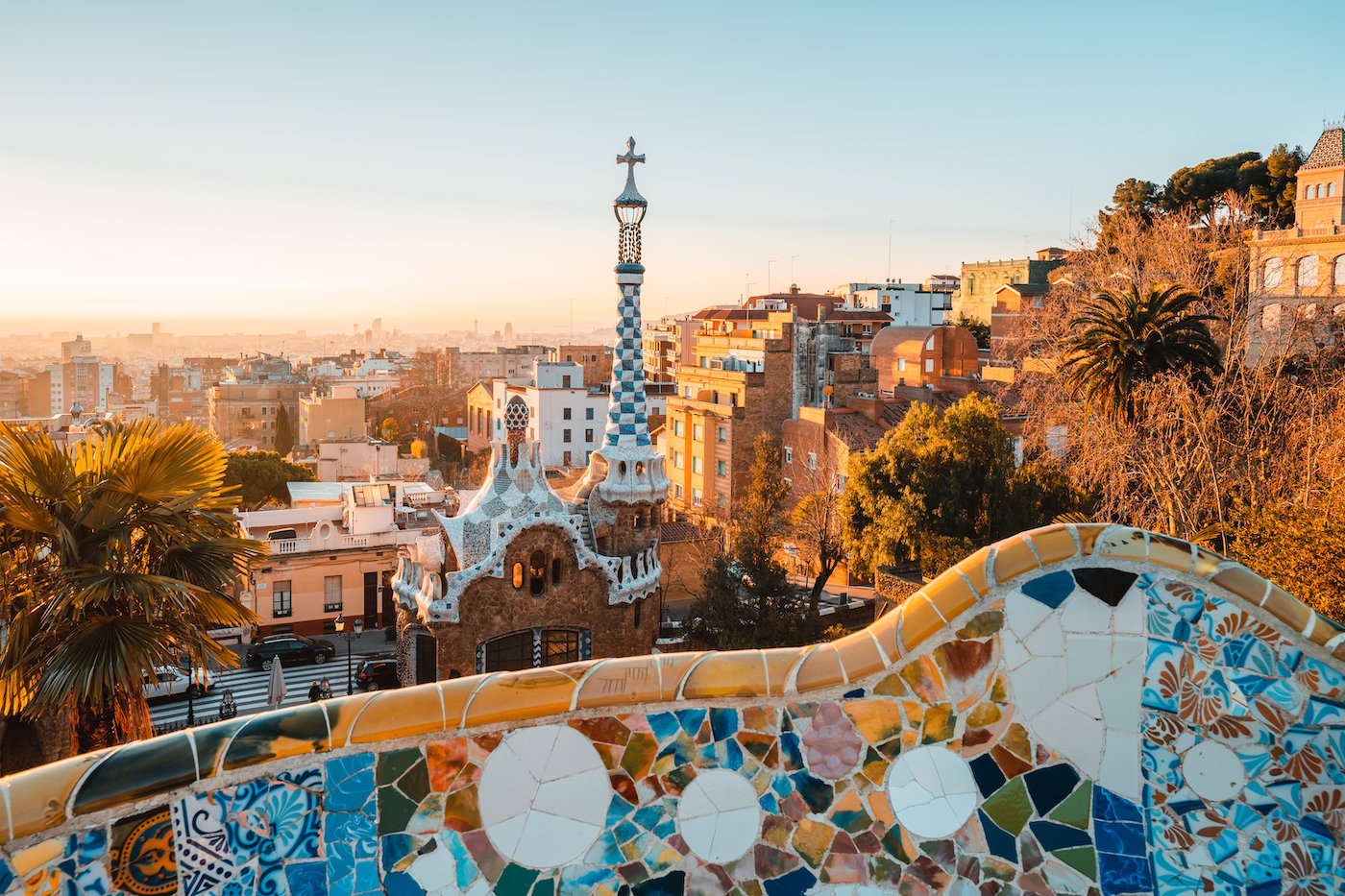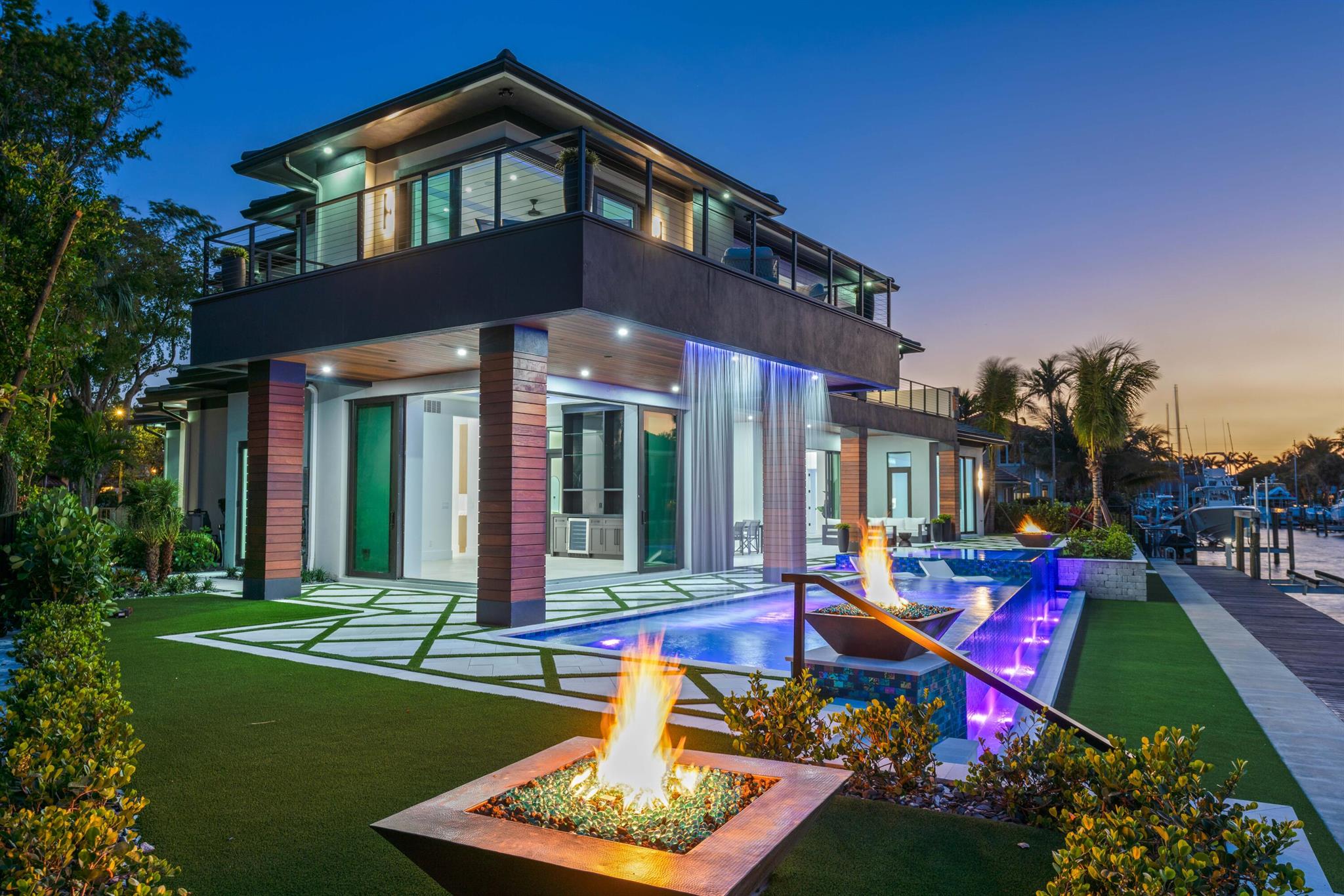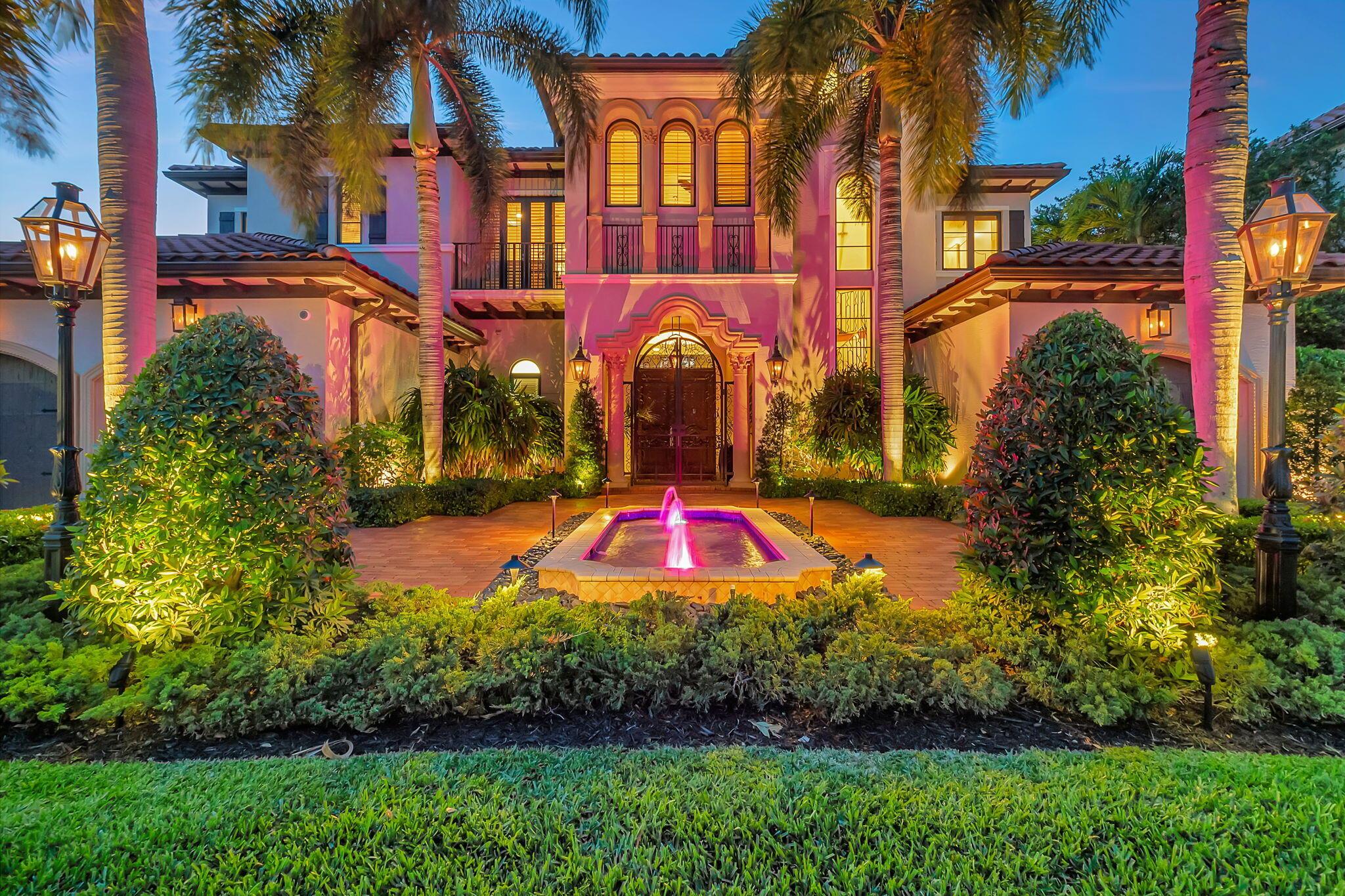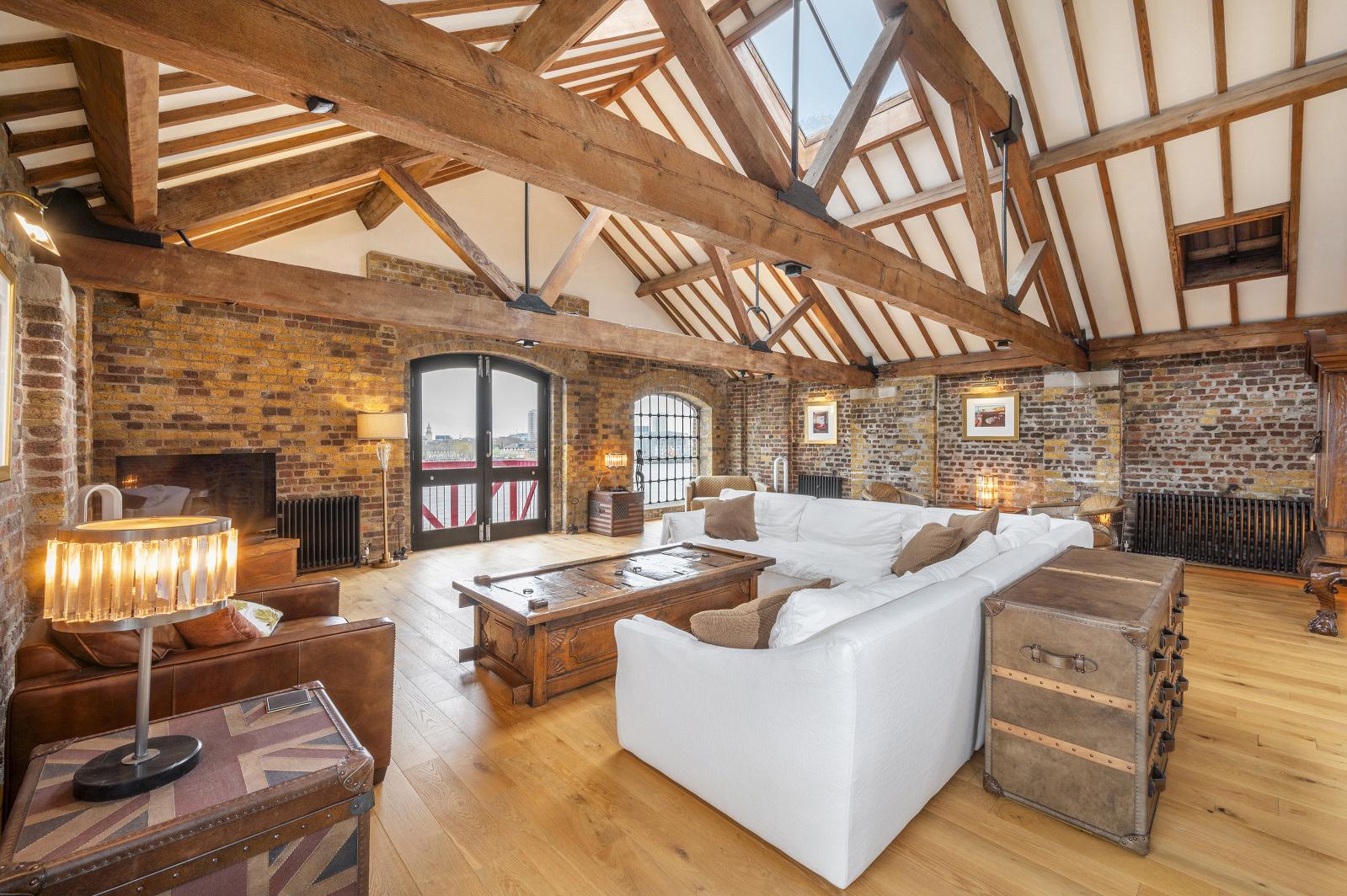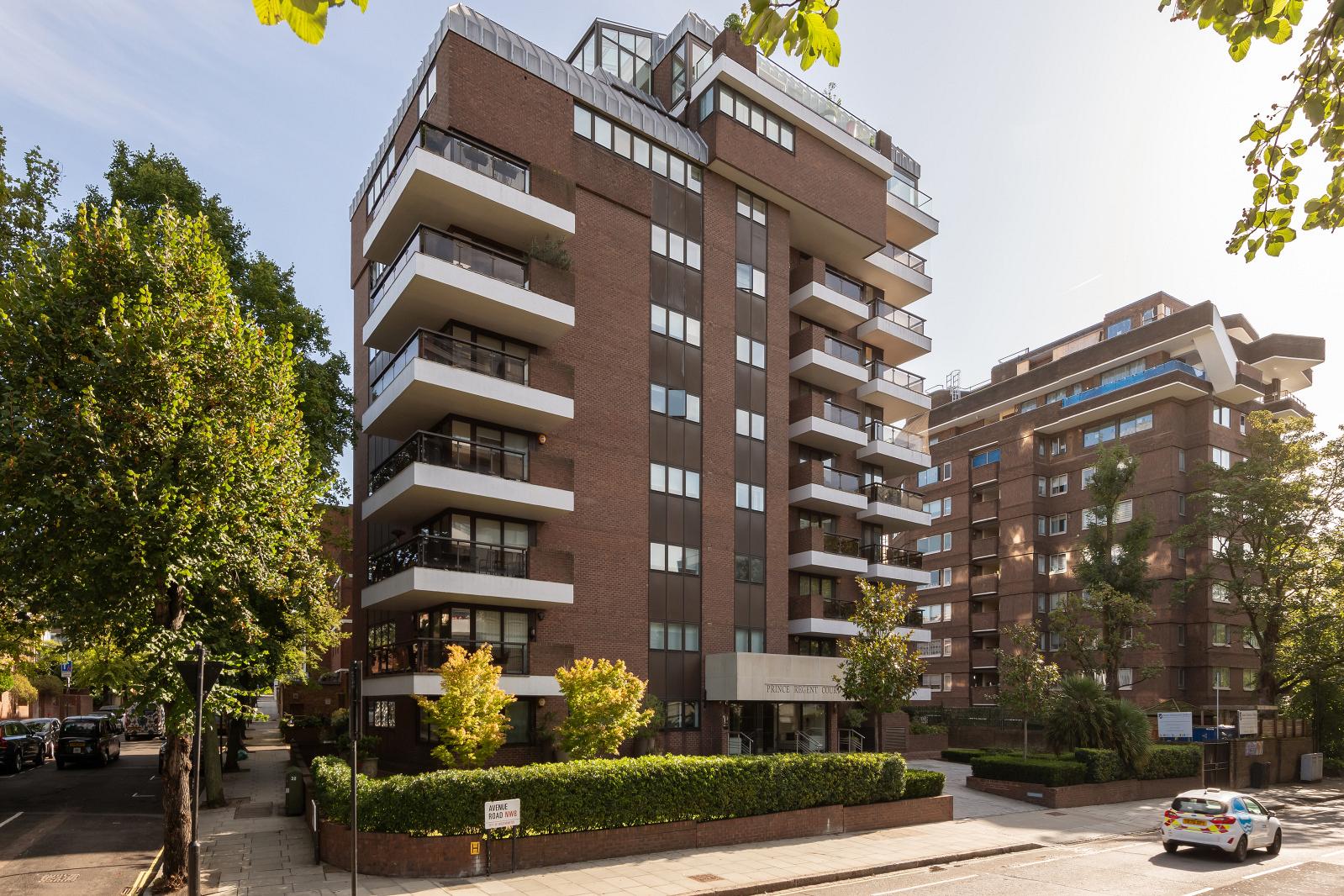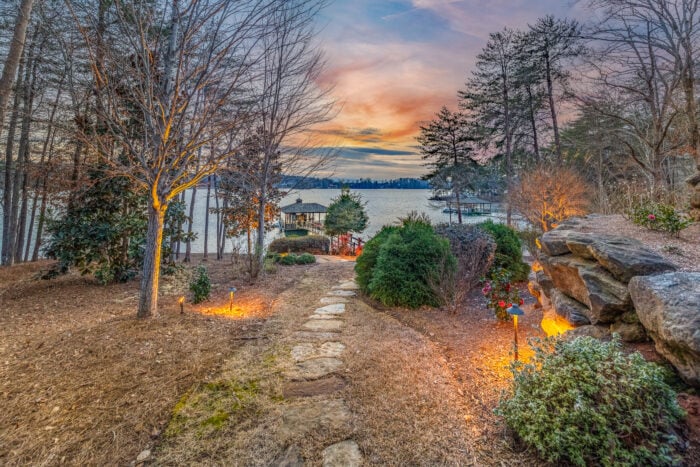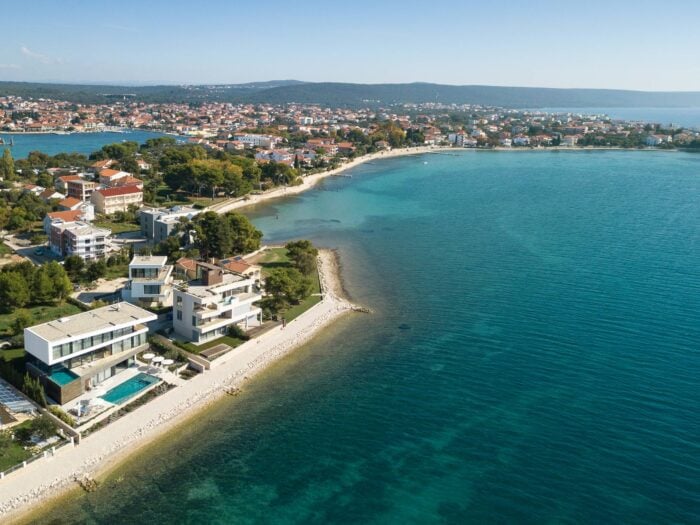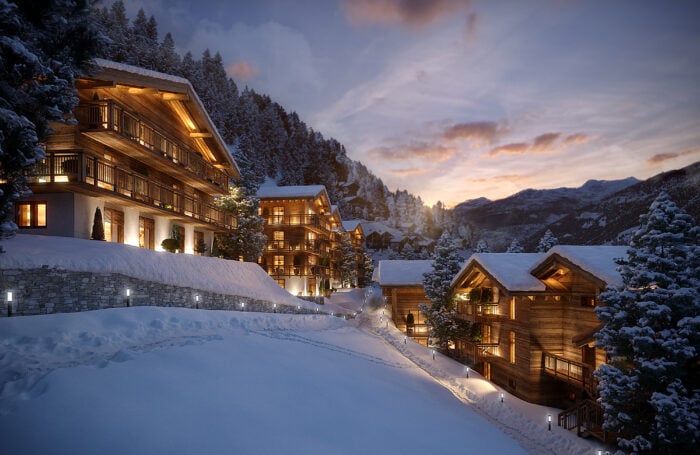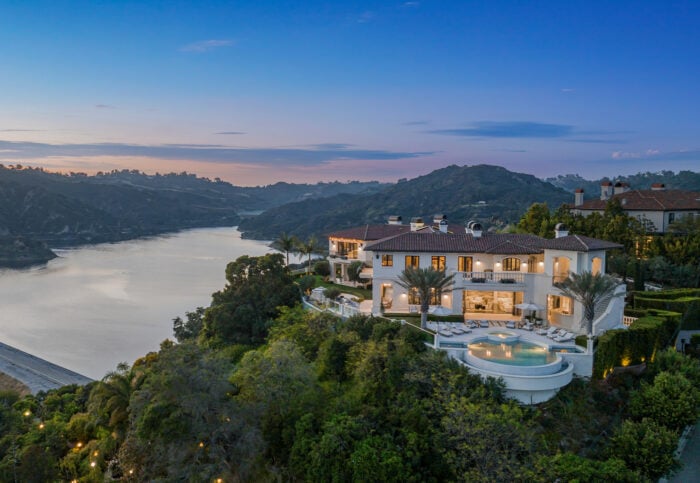Barcelona, on Spain’s northeastern coast, sits nestled between scenic mountains and the Mediterranean Sea. The city is a major cultural, economic and financial center as well as the main biotech hub in Spain. Visitors come from far and wide to experience places such as the Arc de Triomf and to taste world-renowned cuisine. For those who live in Barcelona, the city offers rich culture and classic Mediterranean charm.
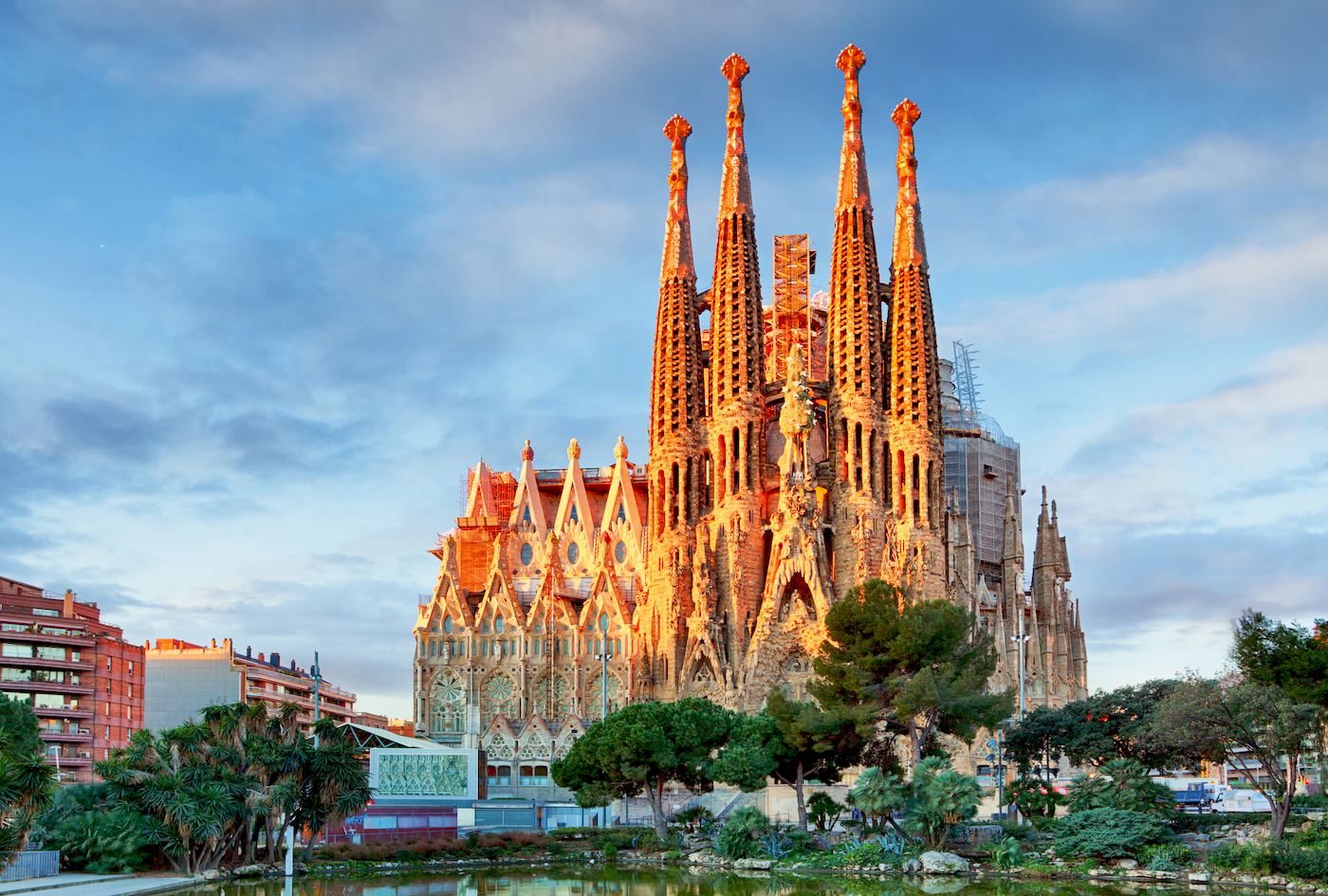
The Sagrada Familia church designed by architect Antoni Gaudí. (Shutterstock)
The Vibe in Barcelona
Barcelona is cosmopolitan and creative, with outstanding architecture and museums, bustling nightlife, delicious cuisine and plenty of outdoor activities. Its seaside location and beautiful beaches add a Mediterranean vibe. The bicycle-friendly city has bike lanes covering most urban areas. Barceloneta Beach, one of Barcelona’s oldest, is 10 minutes by bicycle from the Plaça de Catalunya. The nearest mountain parks are an hour by car from the city center, making it easy to spend a weekend at the Montserrat National Park, Montseny Nature Reserve or Parc del Garraf. Keep in mind that you will encounter a lot of tourists in Barcelona; more than 27 million people visit the city each year.
All of these attributes – along with pleasant year-round weather– may account for the growing population of expatriates in Barcelona. As of 2020, foreigners numbered 370,000 people out of Barcelona’s more than 1.6 million residents. Many Europeans move to Spain so they can stretch their euros.
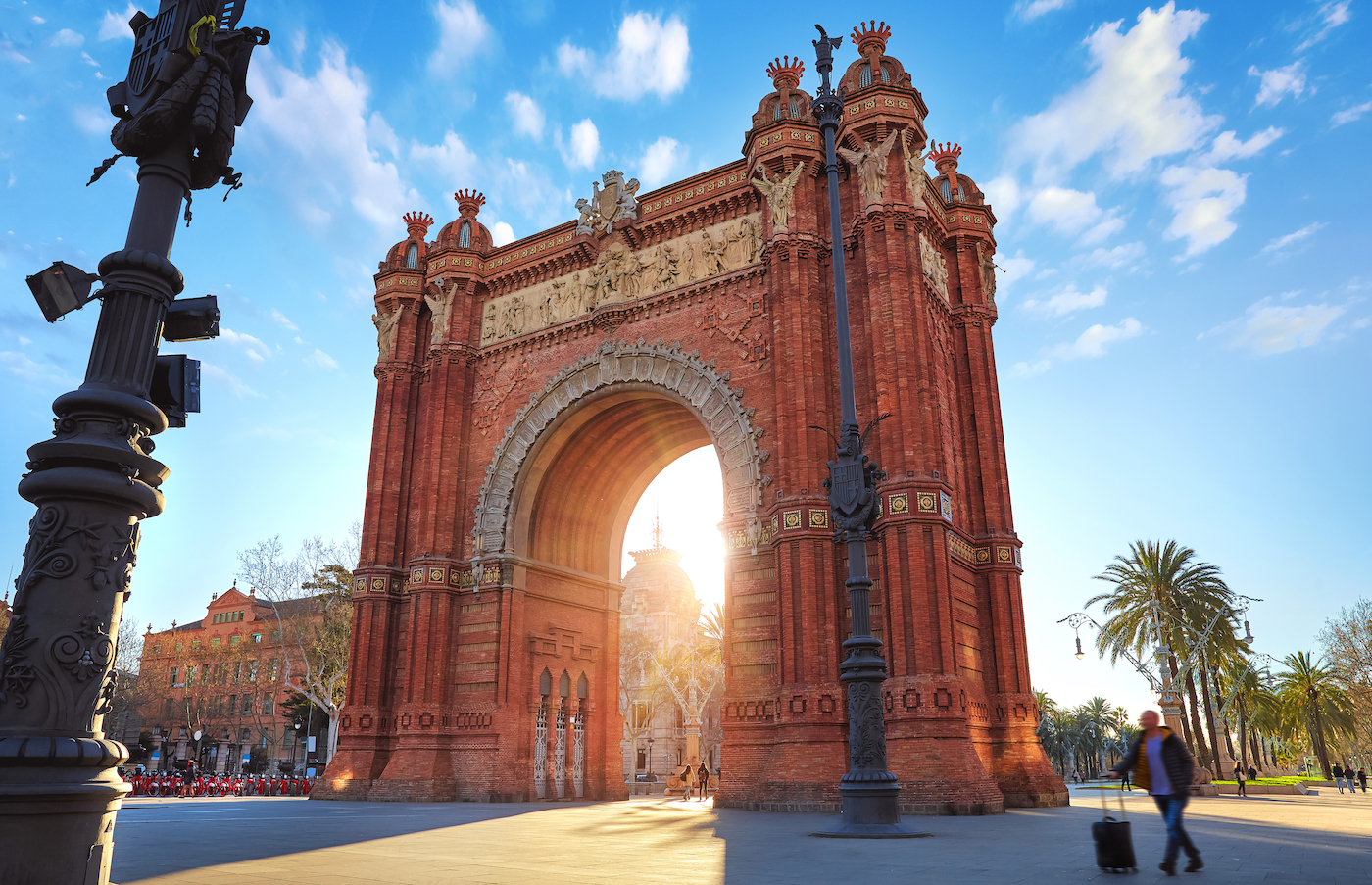
Sunrise at the famous Arc de Triomf. (Shutterstock)
How the Locals Live in Barcelona
Landmarks
Arc de Triomf: The historic landmark was the main entrance to the 1888 World Exposition. You’ll find the Arc de Triomf at the end of Passeig Lluís Companys, a five-minute drive from the city center.
Camp Nou: Futbol Club Barcelona’s stadium is one of the largest in Europe, with more than 99,000 seats. The stadium’s name means “new pitch” in English.
Sagrada Familia: The world’s biggest unfinished Catholic church (designed by Antoni Gaudí) is part of a UNESCO World Heritage site that includes the basilica’s crypt and the Nativity façade. You can visit the landmark at Calle de Mallorca.
Torre Glòries: The 38-story glass skyscraper is a well-known landmark visible from several parts of Barcelona. Visit the tower at Avinguda Diagonal for a bird’s-eye view of the city.
Park Güell: Tourists come to examine more of Gaudí’s unique architectural style while locals stroll through the park’s lavish gardens.
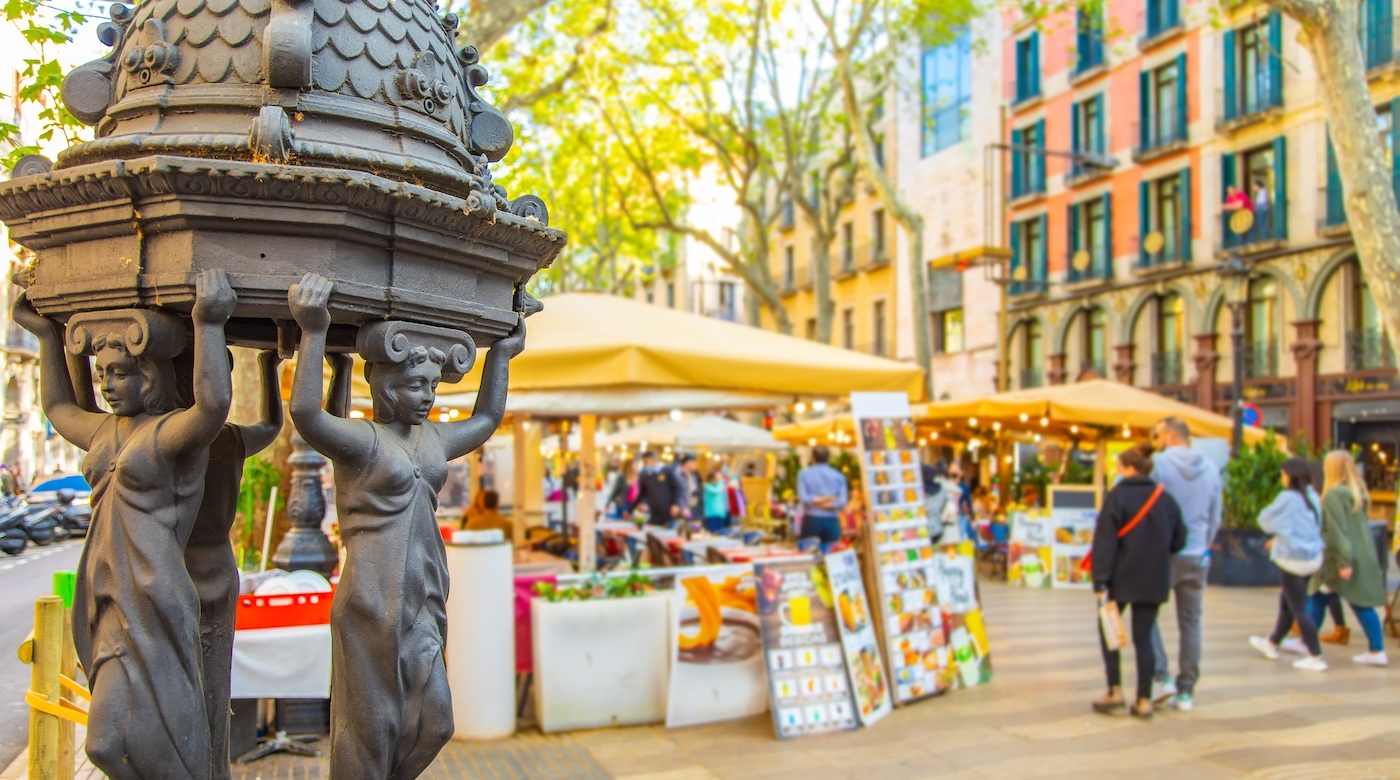
Open markets on La Rambla in Barcelona, Spain. (Shutterstock)
Dining and Shopping
Barcelona’s neighborhoods are stocked with small cafes and restaurants like those in fondes (inns) that cater to locals and visitors. Many of these establishments serve classic dishes such as pa amb tomàquet, bread rubbed with tomato; escalivada, a salad with roasted peppers, eggplant and other vegetables; and empedrat, a salad made with salt cod and white beans.
A grange resembles a cafe and is known for its breakfasts, although many serve lunch and dinner. Cases de menjar, or “eating houses,” are popular with those on a budget. Tasques serve traditional tapas with drinks, but you can also order a full meal.
You’ll find everything you need at La Maquinista, the city’s largest shopping center. Barcelona also has 40 shopping hubs, where you can spend, eat and enjoy leisure activities throughout its neighborhoods.
Locals shop for fresh produce and flowers at open-air markets, including the Mercat Dominical de Sant Antoni and Mercat de les Flors de la Rambla. If you’re fond of flea markets, visit the Encants- Fira de Bellcaire.
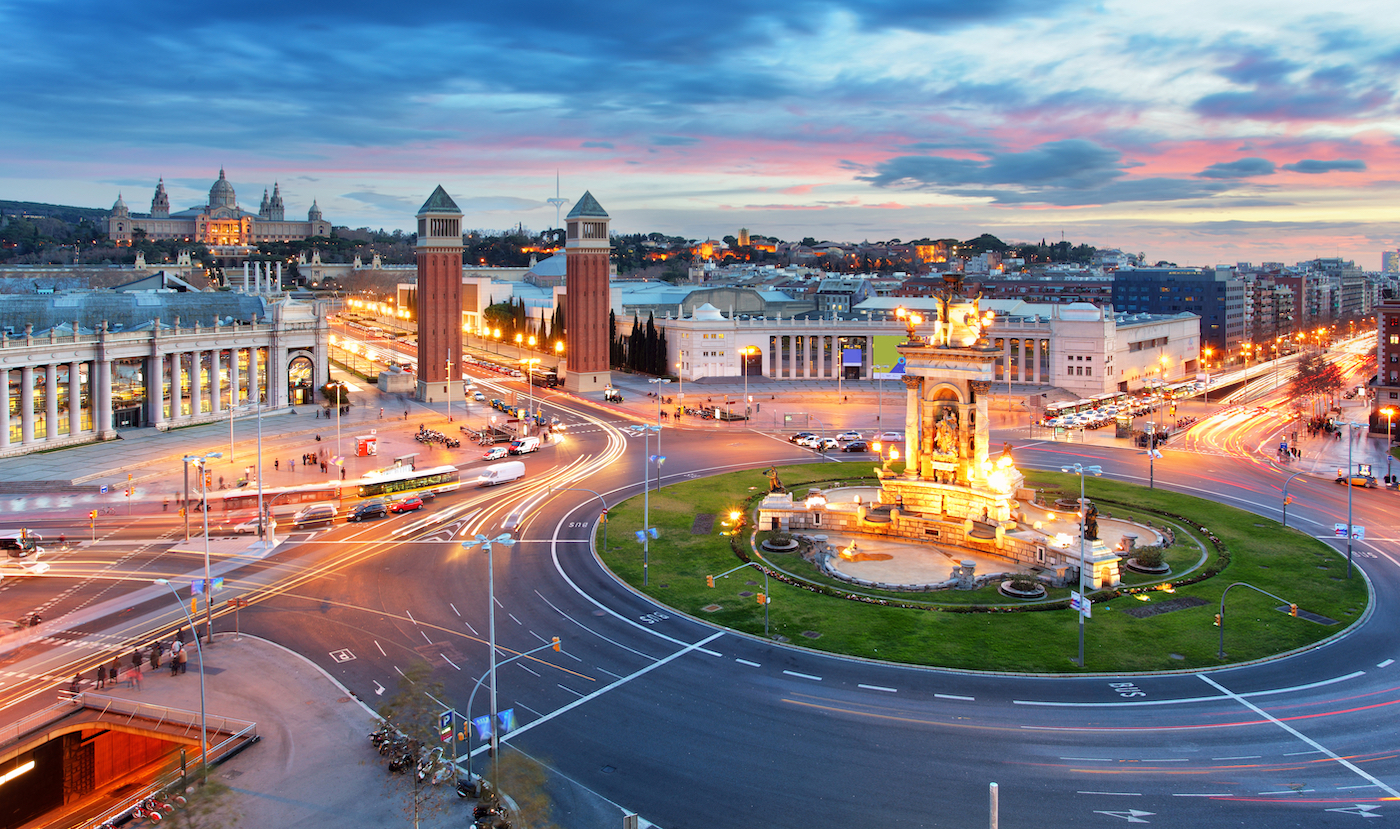
The square at night. (Shutterstock)
Need to know
Barcelona-El Prat Airport is the main international airport, with connecting flights to other cities in Spain and Europe. From Barcelona’s city center, the airport is less than 20 minutes by car. You can book a rideshare with an app or flag one of Barcelona’s official taxis, which are painted black and yellow. The Barcelona metro network, city and suburban rail service and the tram are easy and convenient.
The Barcelona area has three types of schools: state, state-assisted private and private. There are also more than 40 bilingual and international schools in Barcelona. Education is compulsory for children ages 6 to 16. Secondary school graduates (12 to 16 years old) can choose basic vocational training or pursue their Baccalaureate, a two-year pre-university course.
